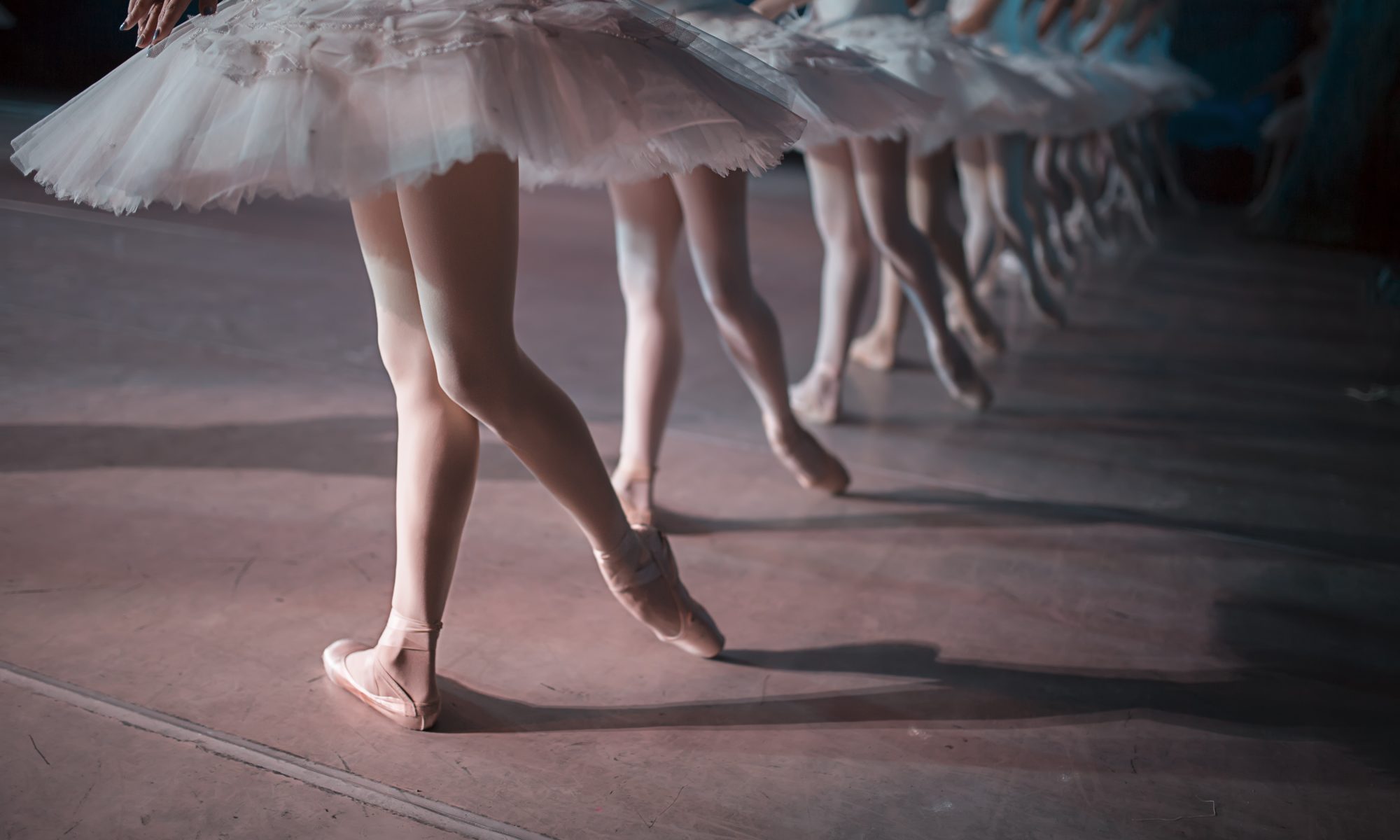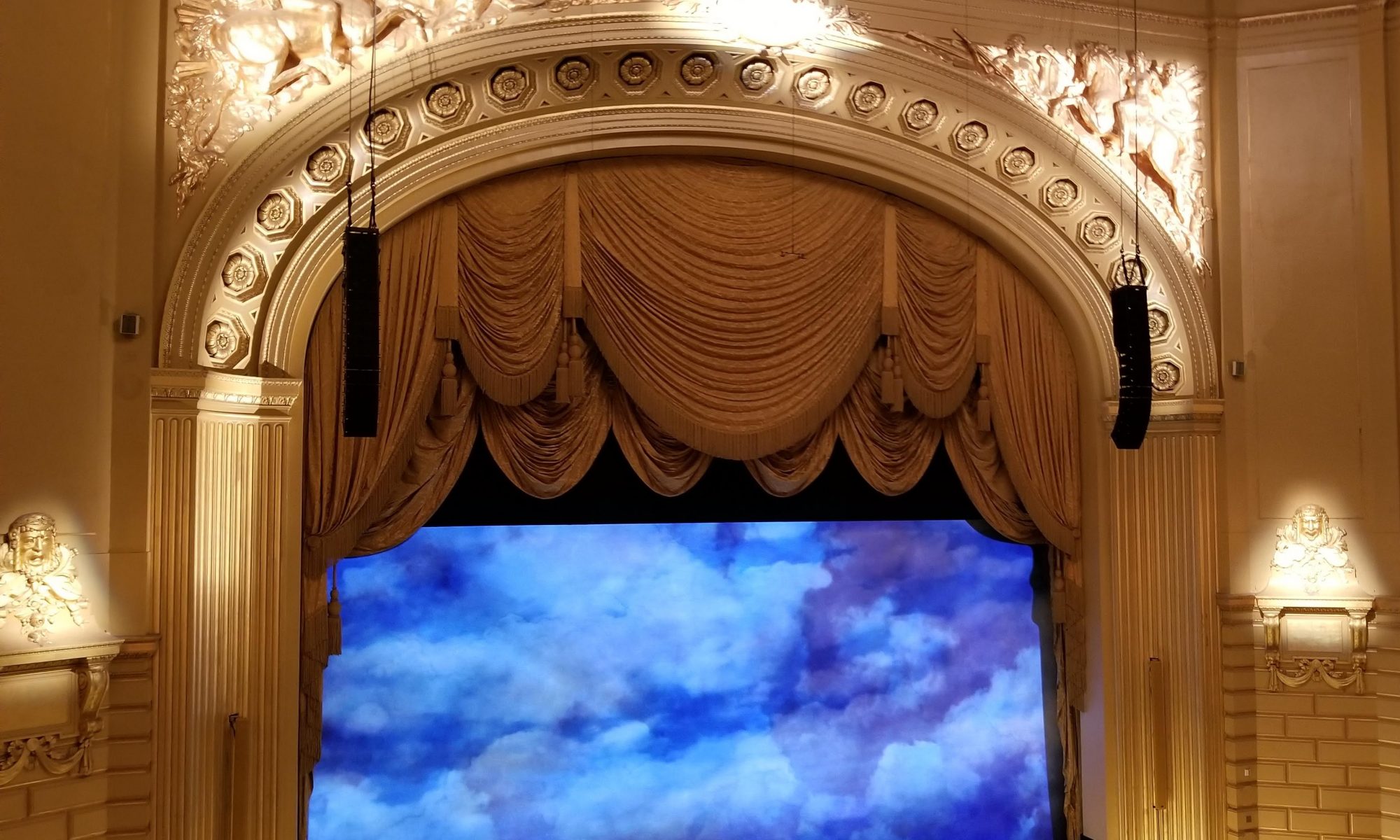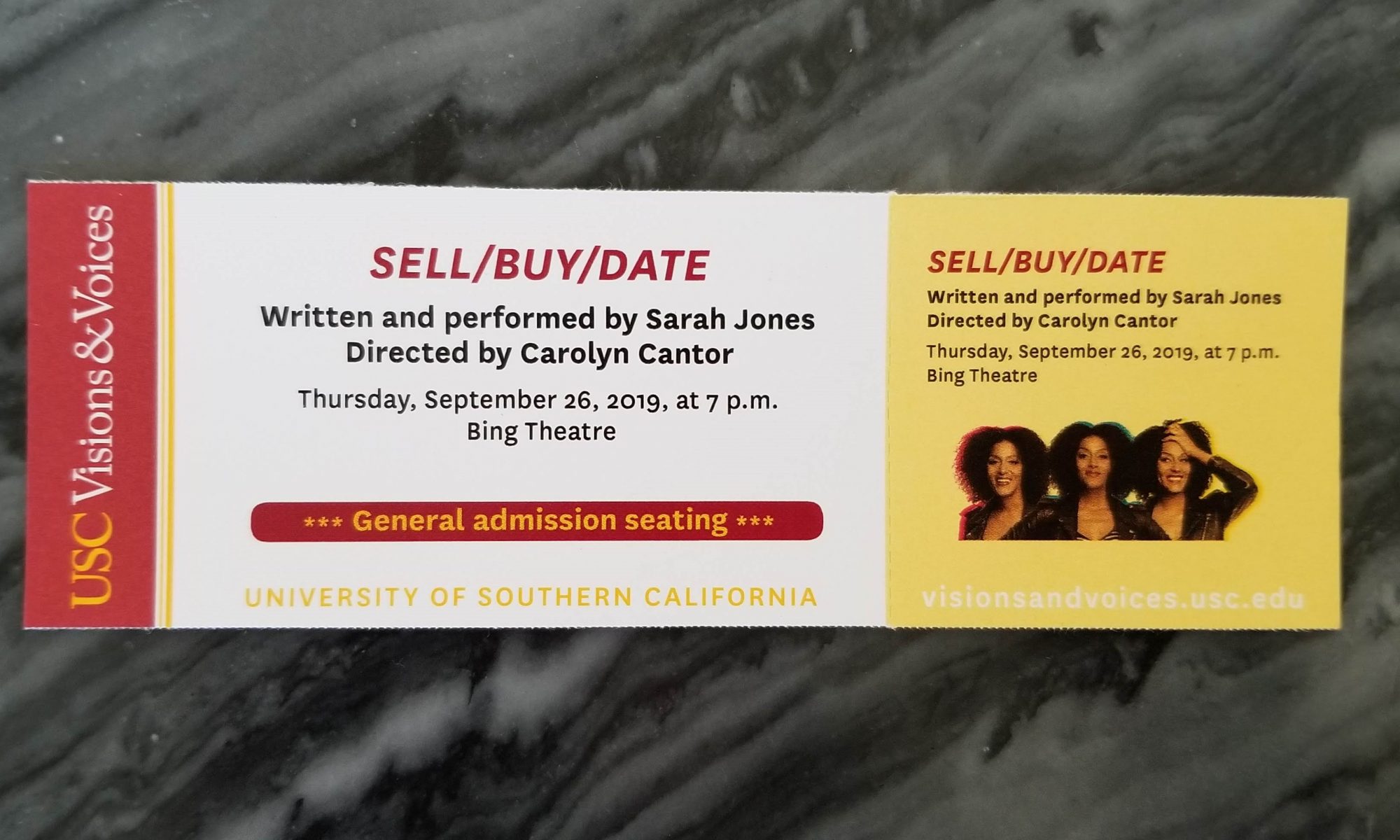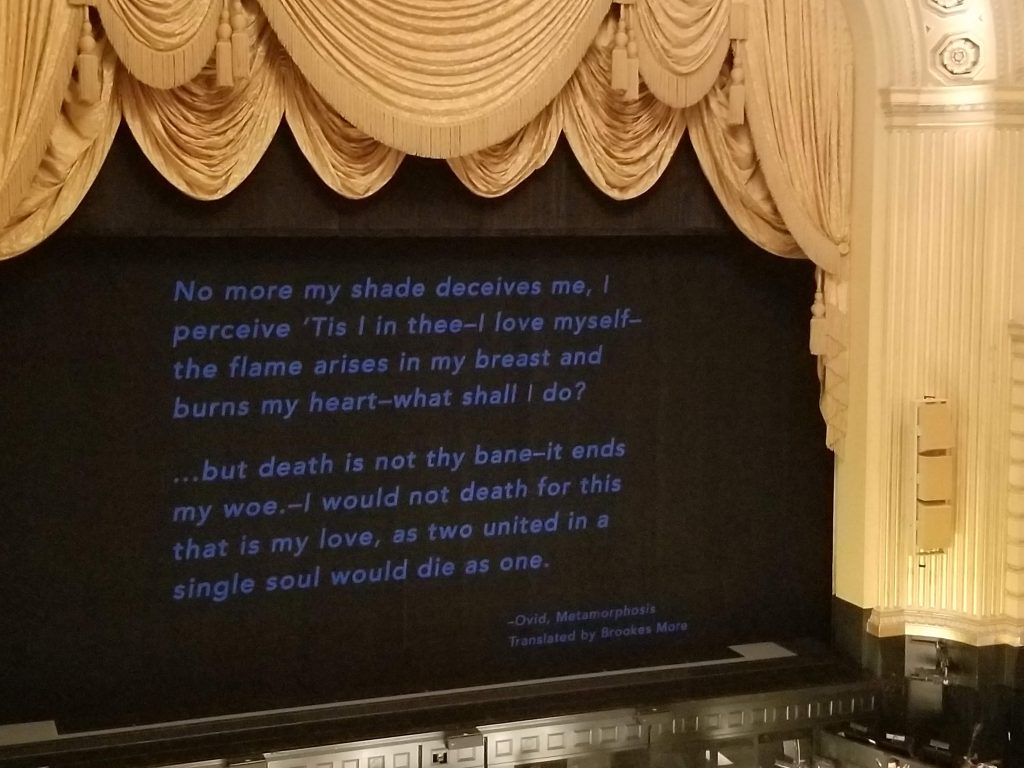How A Dancer Looking for a Stage Created Her Own Theatrical Oasis in a Desert Ghost Town
Once upon a time there was a dancer looking for a stage.
She had performed on Broadway and been a Rockette, but the roles got sparser as time marched on. One day in 1967, she came across a dilapidated building in a virtual ghost town in the California desert. When she did, this lifelong New Yorker knew that she had found the place that she would make her life’s work. She decided that this was the place where she would paint her own audience.
Marta Becket was 42 when she found herself in Death Valley Junction (founded Amargosa in 1907).
The town is located at what was the terminus of the Tonopah and Tidewater Railroad, just east of Death Valley National Park (also known as two hours from anywhere). In 1925, the Pacific Coast Borax Company constructed a building in the town to serve as a whistle stop for borax mine workers and executives. It included a hotel, restaurant, and the meeting hall that would become the Amargosa Opera House.
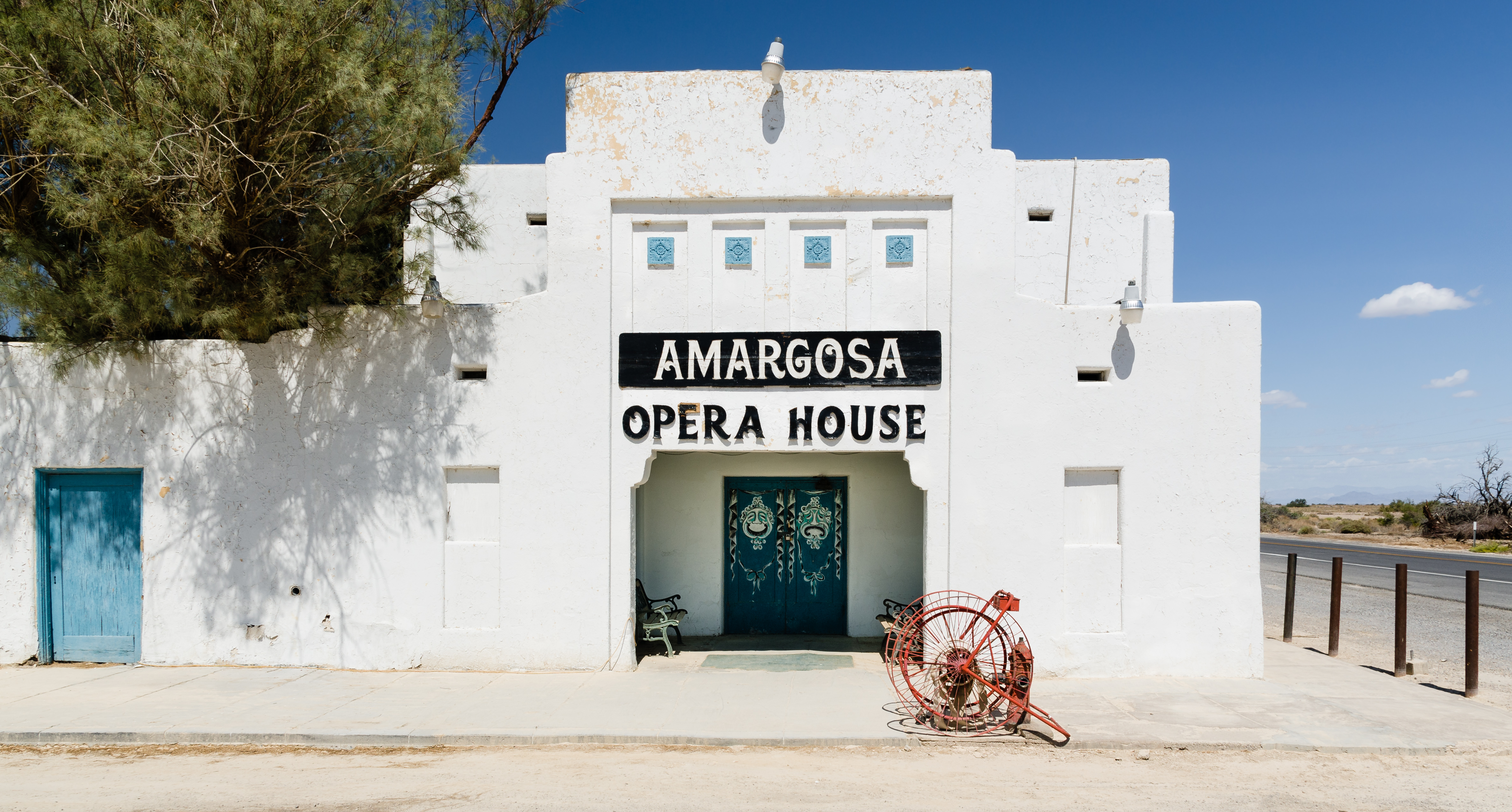
Marta leased the theater and got to work making repairs and putting together a show.
I first learned about her when I came across this short (under 10 minute) film about the Amargosa Opera House. I was enthralled. I think that you will find the story as fascinating as I do.
Her first performance was February 12, 1968 for an audience of twelve. For over 40 years, she gave performances three nights a week at 8:15 p.m. (her last performance was in March of 2012 at the age of 85).
Sometimes she performed to an audience of one, sometimes there was no one. Marta never let the number of butts in seats (or the lack thereof) stop her from giving a performance.
To ensure that she would always have an audience she painted one, covering the walls with a fantastical mural that invoked the glamour of an old-world opera house. Why worry about whether there is an audience for your work out there in the world somewhere when you can create your own?
At first pass, the tale of Marta Becket and the Amargosa Opera House is simply a delightfully strange one. I mean, Who does that?
Really.
Think about it.
If you had a flat tire in a desert ghost town and wandered across some abandoned building, would you think, “Ah yes, this is just the place that I am looking for. This is where I am going to create my life’s work.”
But then I suppose the next question should be, Why not?
Why not find your own place to do your own thing?
I’m not suggesting we should all go driving around in the desert waiting to see where we get a flat tire. But I do think that if you find yourself at the metaphorical intersection of passion and purpose there is no reason not to roll up your sleeves and paint your own audience.

